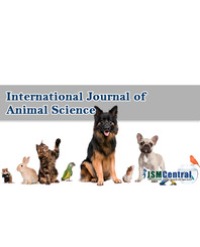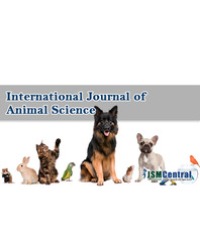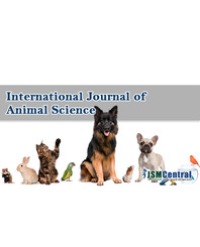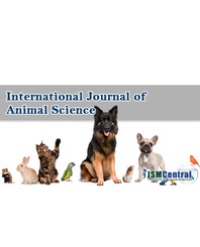Study was carried out at the department of Animal Nutrition, Sindh Agriculture University, Tandoiam during the year 2018. Investigation was themed to monitor and assess major nutrients in different camel browse vegetations at Tando Allahyar. Results indicated Haloxylon salicornicum significantly rich and Prosopis cineraria comparatively poor in moisture content however dry matter appeared vice versa. Total organic and inorganic matter in Acacia nilotica, Ziziphus nummularia, Acacia jacquemontii, Prosopis juliflora, Prosopis cineraria, Alhagi maurorum, Capparis deciduas, and Zea mays found significantly different (p?0.05) from Trifolium alexandrinum, Salvadora oleiodes, Suaeda fruticosa, Haloxylon salicornicum and Tamarix passerinoides. Suaeda fruticosa had significantly maximum crude protein concentration. Zea mays had significantly high, Suaeda fruticosa comparatively low extract level. Nitrogen free extract among Acacia nilotica, Prosopis juliflora and Prosopis cineraria existed considerably high. Crude fiber was found significantly higher in Zea mays. Prosopis juliflora and Acacia nilotica acquired prominent concentration of total carbohydrate. Inorganic matter in Haloxylon salicornicum, Tamarix passerinoides, Salvadora oleiodes, Suaeda fruticosa and Trifolium alexandrinum didn’t significantly vary compared to each other, while with other vegetations it significantly varied. Zea mays, Acacia nilotica, Capparis deciduas, Ziziphus nummularia, Prosopis cineraria, Alhagi maurorum, Acacia jacquemontii and Prosopis juliflora appeared significantly different compared to Haloxylon salicornicum , Tamarix passerinoides, Salvadora oleiodes, Suaeda fruticos and Trifolium alexandrinum against ash content. Study concludes that Trifolium alexandrinum noted to be high moistured vegetation, Acacia jacquemontii rich in organic matter and Salvadora oleiodes in total inorganic matter. Capparis deciduas, and Suaeda fruticosa both pertained considerable crude protein contents. Zea mays and Salvadora oleiodes possessed high ether extract.
Khaskheli AA*, Mughal GA, Baloch MH, Khaskheli MI, Khaskheli GB, Khaskheli AJ, Barham GS, Khaskheli AA, Tunio SG, and Nizamani MA




